High Blood Pressure Diet: The 18 Best Foods
Proper nutrition is an important factor in the treatment of high blood pressure. Hypotensive foods like tomatoes, spinach, or bananas contain valuable ingredients that contribute to a better heart health. A high blood pressure diet might, thus, significantly lower your blood pressure, especially if you were only recently diagnosed with high blood pressure.
18 foods for your high blood pressure diet
There are a lot of foods that have antihypertensive effects. In general, if you want to lower your blood pressure, you should eat fresh, self-produced products. Try to refrain from fast food and preserves and reduce the consumption of high-fat meat such as sausages. Above all, various fruits and vegetables as well as some legumes or nuts help you to lower your blood pressure.
High blood pressure diet menu
- Bell pepper
- Spinach
- Tomatoes
- Potatoes
- Garlic
- Beetroot
- Bananas
- Kiwis
- Strawberries
- Watermelon
- Oranges
- Oatmeal
- Brown rice
- Nuts
- Fish
- Cocoa
- Raisins
- Hawthorn
Hypotensive foods
Bell pepper
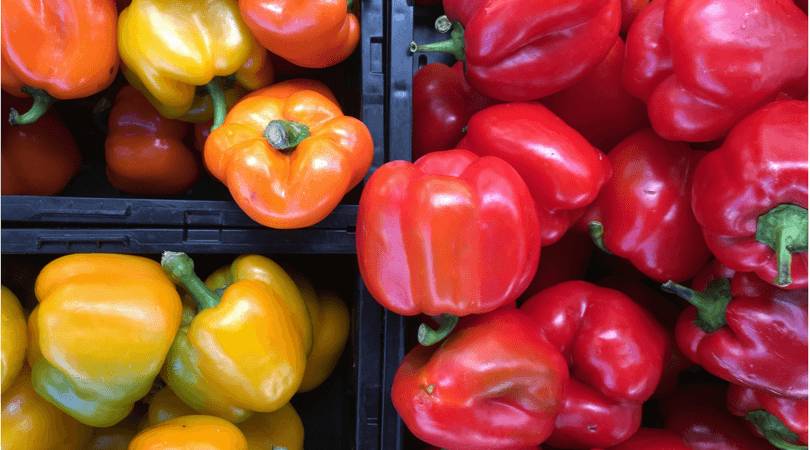
One of the home remedies that help against hypertension is bell pepper. Bell pepper is a vegetable that contains a high amount of vitamin C. It even contains so much vitamin C to cover up to 169% of the daily requirement. Moreover, bell pepper contains folic acid, which is known for its positive effects on blood pressure.
Spinach
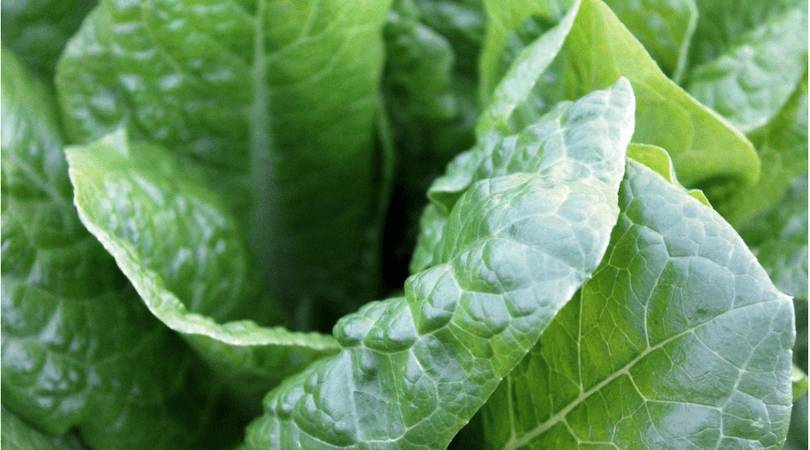
Spinach is another antihypertensive home remedy. It contains many important nutrients, such as vitamin C, vitamin K, folic acid, iron, and calcium.
Tomatoes
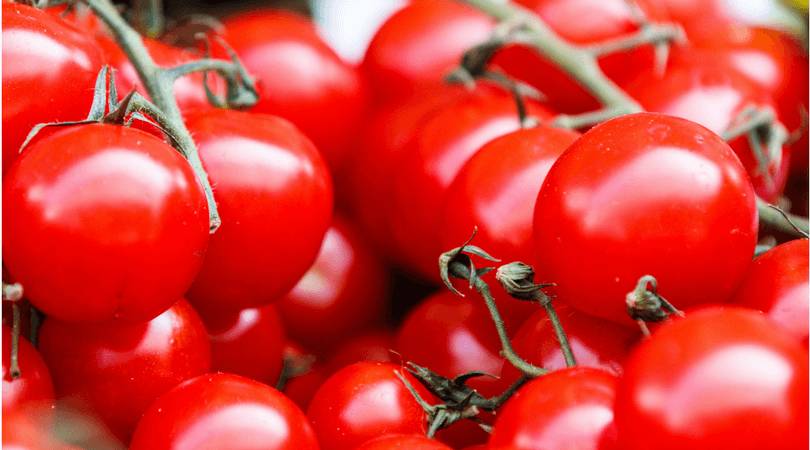
Tomatoes should be part of your high blood pressure diet, because they are rich of different vitamins and minerals. Tomatoes contain vitamin C and potassium, which lower blood pressure. Thus, adding different products containing tomatoes to the diet reduces the risk of cardiovascular disease.
Potatoes
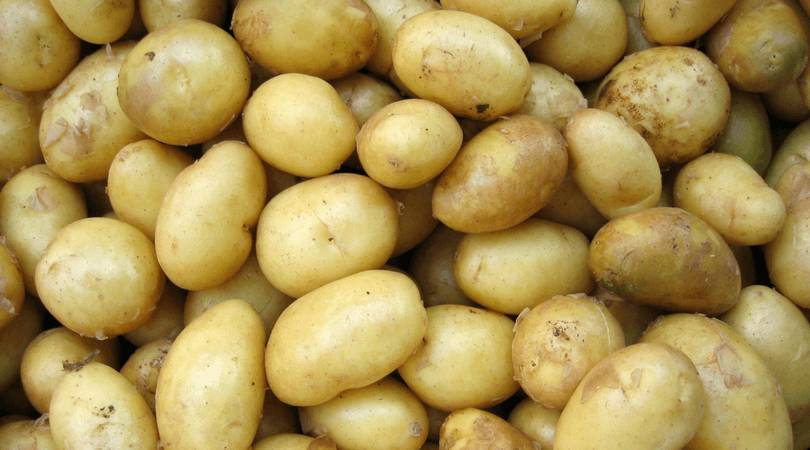
Potatoes contain so-called carotenoids. Carotenoid is a plant pigment and are responsible for the yellow to red coloration of many plants. Additionally to that feature, carotenoid has a positive effect on heart, blood and blood vessels. Researchers advise hypertension patients to add red and blue potatoes to their diet.
Garlic
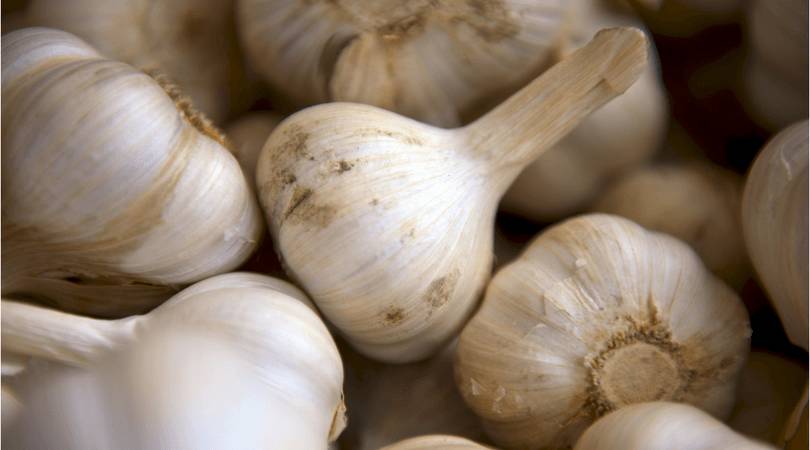
Garlic contains high amounts of vitamin C and magnesium which reduce blood pressure. Furthermore, garlic has some phytochemicals which in the human body turn into hydrogen sulfide, a blood-thinning and vasodilating messenger substance.
Beetroot
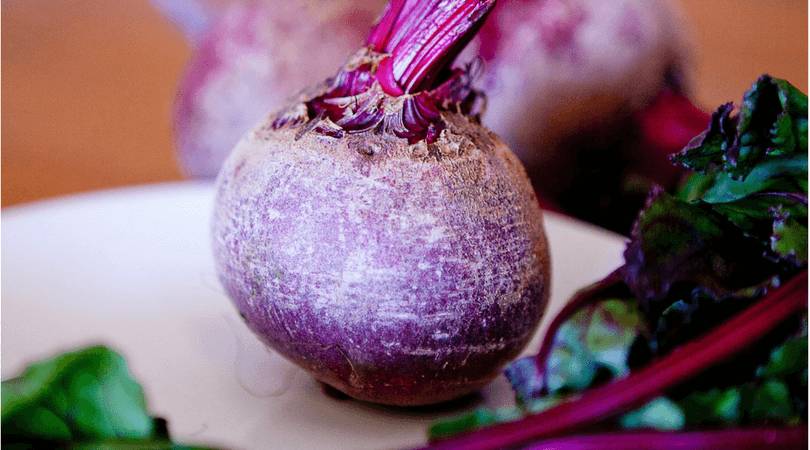
Beetroot is part of the high blood pressure diet due to its high levels of nitrate. The effect of beetroot unfolds just one hour after consumption and can last up to 23 hours. Beetroot can be taken as a juice or in as a salad.
Bananas
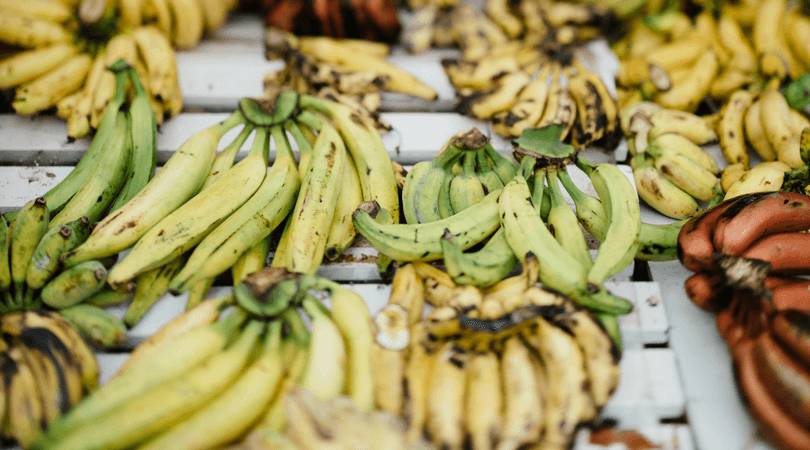
Antihypertensive home remedies also include bananas. A study has shown that people who consume two bananas a day are able to lower their blood pressure by 10% within one week. The reason for this are the high levels of potassium bananas have, which contributes to the fluid balance in the body.
Kiwis
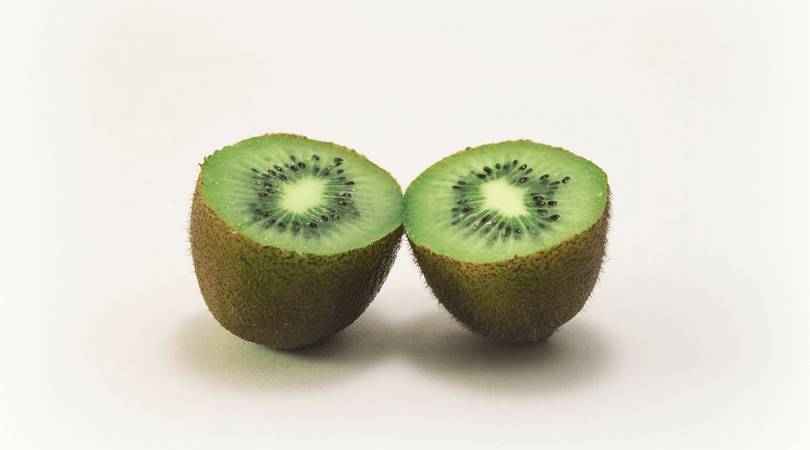
The American Heart Association has found that three kiwis a day are enough to significantly lower blood pressure. Kiwis contain amino acids such as arginine. But please note that as with many other tropical fruits, it is important that kiwis are ripe.
Strawberries
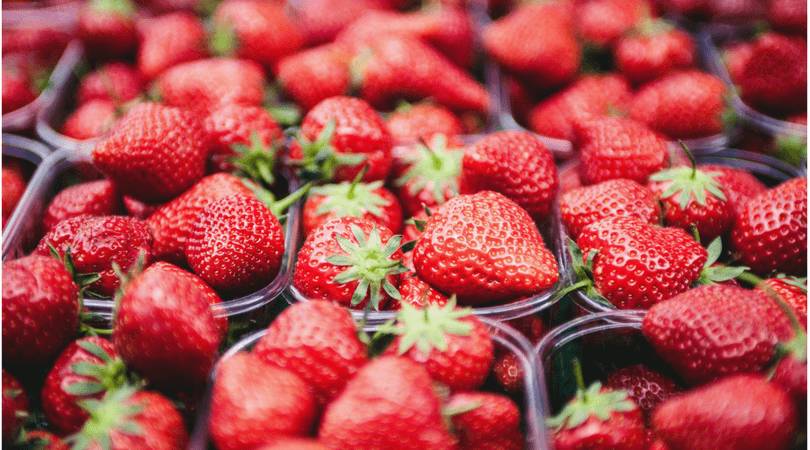
Strawberries are also among hypotensive foods due to their high levels of vitamin C and folic acid.
Watermelons
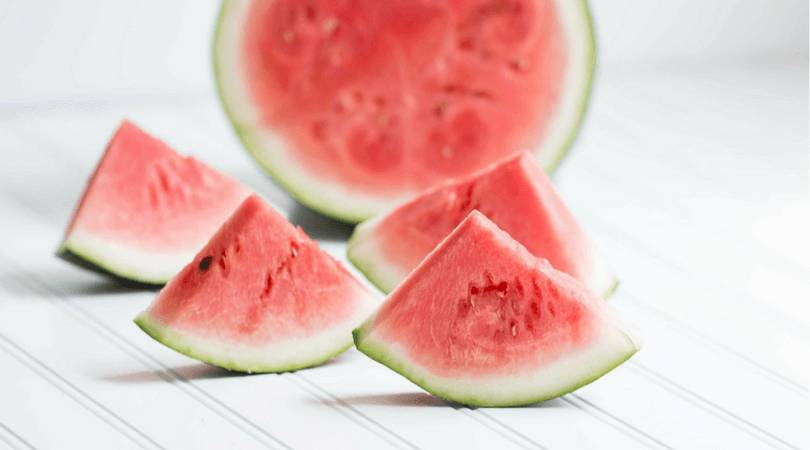
Watermelons are not only refreshing but also have antihypertensive effects. They contain the amino acid citrulline. In the body, citrulline is converted into arginine and therefore has the same antihypertensive effect as kiwis.
Oranges
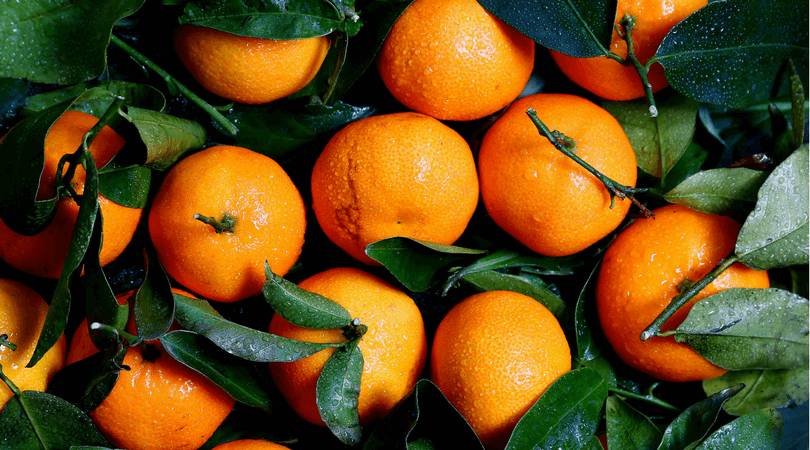
Oranges are just one example for citrus fruits with antihypertensive effects. Oranges contain vitamin C, potassium and folic acid which help to improve heart health. Thus, make sure to include some citrus fruits in your high blood pressure diet.
Oatmeal
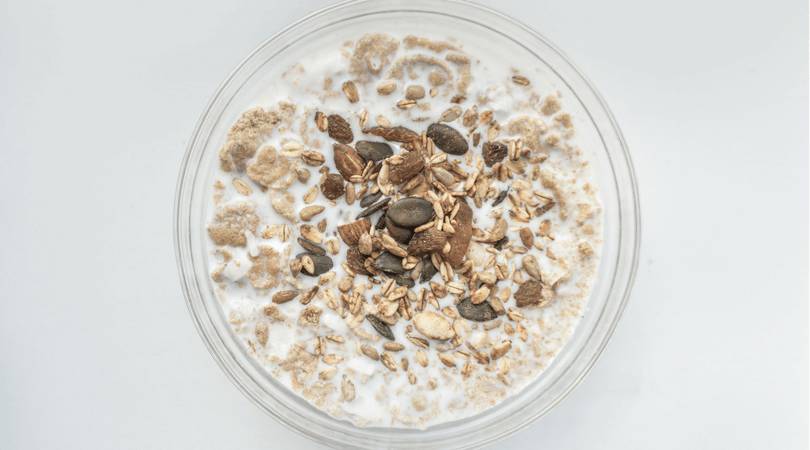
Oatmeal is also good for your blood pressure. When doing grocery shopping, take whole grains as they contain valuable vitamins and minerals.
Brown rice
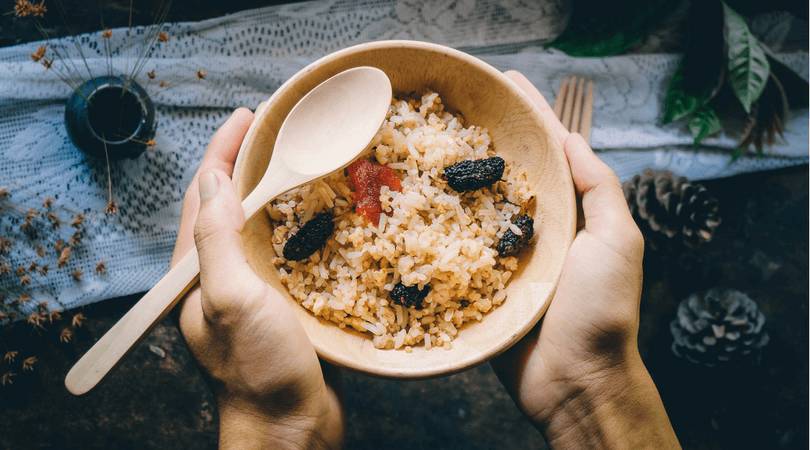
Studies have shown that Japanese people are much less likely to be affected by high blood pressure and coronary heart disease than other nationalities. The reason for this is their rice consumption. Many sorts of Japanese rice contain a layer of aleurone, which encases the starch core of the rice grain. In order to take advantage of the hypotensive effect of rice, it is necessary to buy untreated natural rice, as the aleurone layer has often been completely destroyed for normal rice.
Nuts
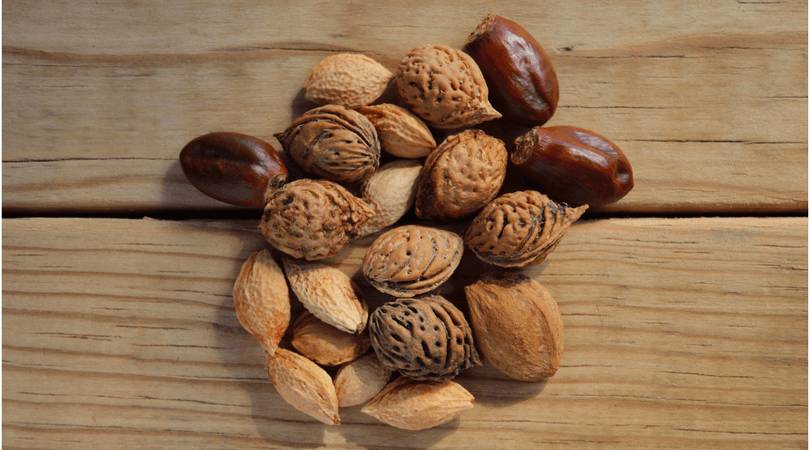
Antihypertensive foods, including nuts, can significantly reduce the risk of heart attack and stroke, and greatly contribute to heart health.
Fish
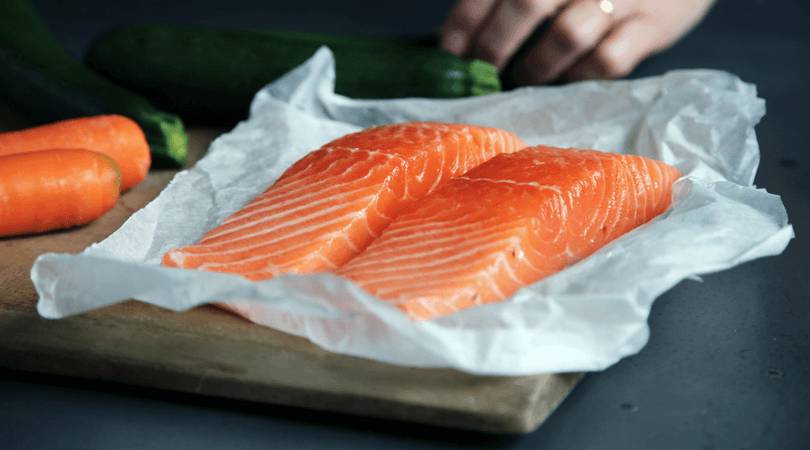
Fish has a positive effect on the blood pressure due to its the omega-3 fatty acids. Especially high-fat fish such as salmon, herring, tuna, or mackerel contribute to reducing blood pressure. Nevertheless, fish should not be eaten every day due to their heavy metal load.
Cocoa

Flavanols and phenols contained in cocoa have been known for centuries for their antihypertensive effect. However, you can only find them in high-quality cocoa products like dark chocolate. Try to avoid white chocolate or milk chocolate because they hardly contain any antihypertensive agents.
Raisins
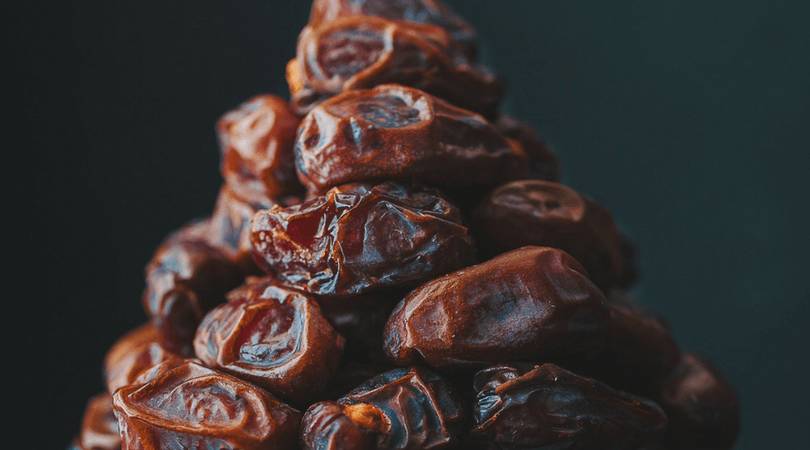
Raisins are another product on our list of foods for a high blood pressure diet. Due to their high levels of potassium raisins have a relaxing effect on the arteries and thus on the blood pressure. Researchers have even found that consuming a handful of raisins three times a day is enough to lower blood pressure.
Hawthorn
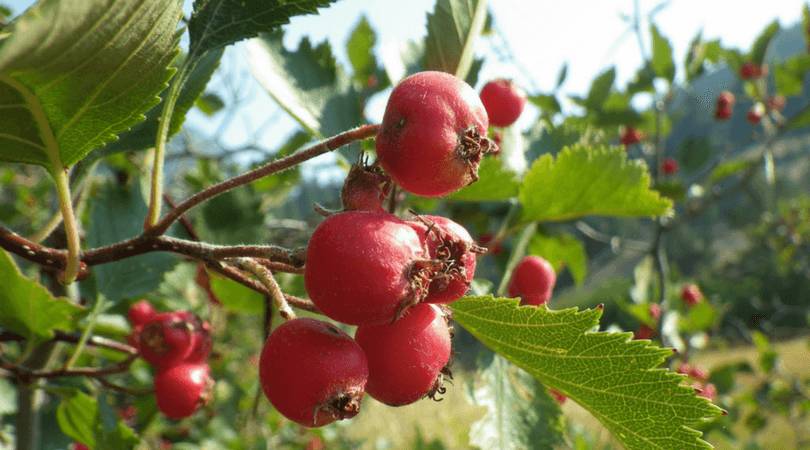
Hawthorn has been used successfully for hundreds of years in the treatment of high blood pressure. Hawthorn contains a high amount of phenols, which have a circulation-promoting effect. A regular consumption of hawthorn comes with a better supply of oxygen in the blood and an enlargement of the blood vessels.
How do foods reduce blood pressure?
It is not the food, but special ingredients that help to lower the blood pressure. Certain ingredients influence functions of the cells in the vessel wall and can thereby have a hypotensive effect.
Ingredients
These ingredients have a positive effect on the blood pressure:
Folic acid
A folic acid deficiency can lead to increased homocysteine levels. Too much homocysteine increases the risk of hypertension, arteriosclerosis, and heart disease. To prevent this, you should eat products such as cereal germ, legumes, and green vegetables.
Omega-3 fatty acids
Omega-3 fatty acids have a direct influence on the blood pressure. By opening the SLO1 channels of the cells in the vessel wall omega-3 fatty acids make sure that potassium flows into the vessels and make them relax. Omega-3 fatty acids can be mainly found in fish such as salmon, herring, tuna, or mackerel, but also in vegetable products such as chia seeds, linseed, and walnuts.
.
Potassium
Potassium drains the tissue and relaxes the vessel walls. Numerous scientific studies have already confirmed the positive effect of potassium on blood pressure. Studies show that a diet rich of potassium can result in a reduction of the blood pressure of 3.49 mmHg (systolic) and 1.96 mmHg (diastolic) for healthy people. For people who suffer from high blood pressure, these values can be even higher. Potassium can be mainly found in legumes, nuts, dried fruits, and spinach.
Vitamin D
Although vitamin D can hardly be taken up by food, we did not want to withhold it as it still has high importance for lowering blood pressure. Our bodies are able to produce vitamin D themselves when they are in the sun. Therefore, we recommend that you take a 30-minute walk outdoors every day.
Magnesium
Magnesium lets smaller and larger blood vessels expand and thereby prevents an increased calcium concentration in the vascular cells. Magnesium can be found in bran, whole grains, legumes, and nuts.
Resveratrol
Studies have shown that high levels of resveratrol can lower blood pressure by 11.9 mmHg (systolic). Red grapes, raspberries, mulberries, plums, and peanuts contain resveratrol.
L-arginine
A study has shown that the amino acid L-arginine can reduce blood pressure by 5.39 mmHg (systolic) and 2.66 mmHg (diastolic). L-arginine is found primarily in peanuts, almonds, soybeans, marine fish, and poultry.
Nitrate
Nitrate also has a positive effect on blood pressure. Foods that have high levels of nitrate are beetroot, lamb's lettuce, spinach, endives, kale, and radishes.
Do you want to know more about blood pressure? Find out which blood pressure values are normal and what your heart rate tells you about your health.
